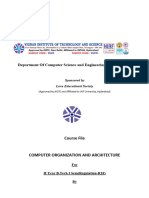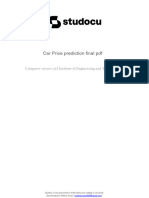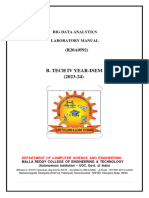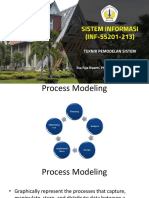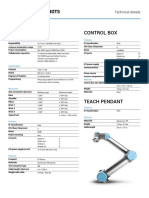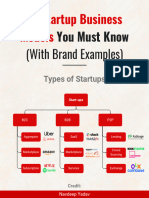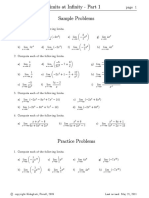0% found this document useful (0 votes)
115 views51 pagesDA (Course File)
The document outlines the course file for Data Analytics (KIT-601) for the academic year 2022-2023 at the Institute of Technology & Management, detailing the vision and mission of the institute and department, program educational objectives, outcomes, and specific course content. It includes a comprehensive checklist of required materials such as syllabi, lecture plans, assessment data, and student lists, along with a detailed syllabus for the Data Analytics course. Additionally, it provides information on teaching methodologies, evaluation schemes, and expected student outcomes.
Uploaded by
Kushal SrivastavaCopyright
© © All Rights Reserved
We take content rights seriously. If you suspect this is your content, claim it here.
Available Formats
Download as DOCX, PDF, TXT or read online on Scribd
0% found this document useful (0 votes)
115 views51 pagesDA (Course File)
The document outlines the course file for Data Analytics (KIT-601) for the academic year 2022-2023 at the Institute of Technology & Management, detailing the vision and mission of the institute and department, program educational objectives, outcomes, and specific course content. It includes a comprehensive checklist of required materials such as syllabi, lecture plans, assessment data, and student lists, along with a detailed syllabus for the Data Analytics course. Additionally, it provides information on teaching methodologies, evaluation schemes, and expected student outcomes.
Uploaded by
Kushal SrivastavaCopyright
© © All Rights Reserved
We take content rights seriously. If you suspect this is your content, claim it here.
Available Formats
Download as DOCX, PDF, TXT or read online on Scribd
/ 51

















